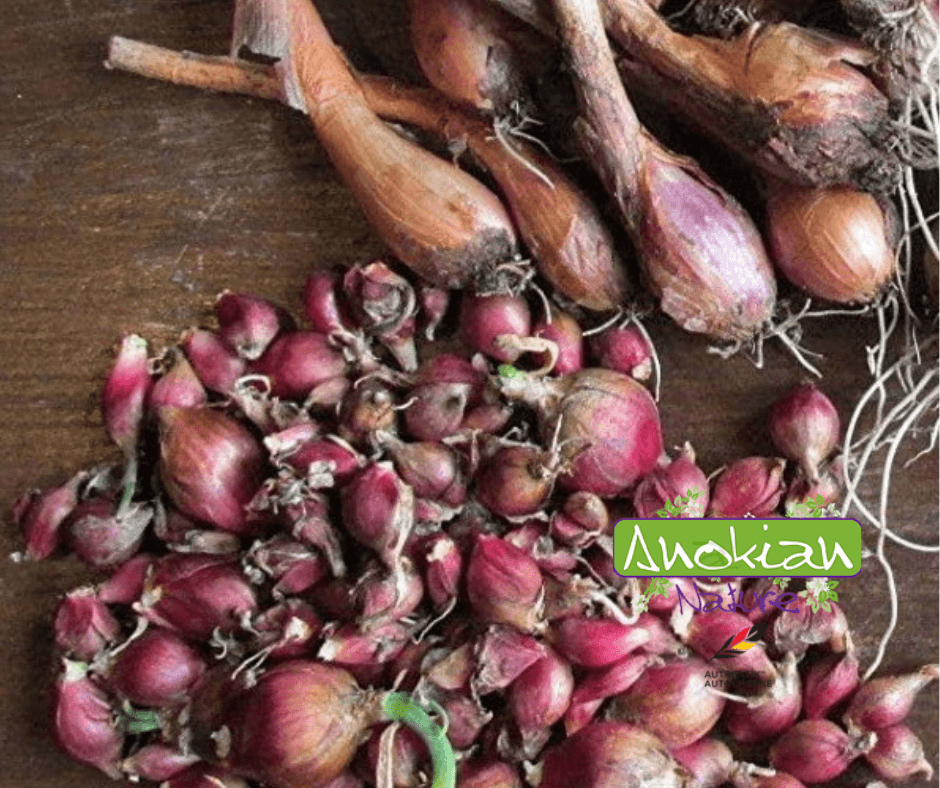Skip to product information










Bulbil | Catawissa or Rocambole onion
$17.75 CAD
Quantity
Catawissa onion bulb, Rocambole variety, ideal for expert cultivation. It offers a rich flavor and vigorous growth, perfect for diversifying your crops.